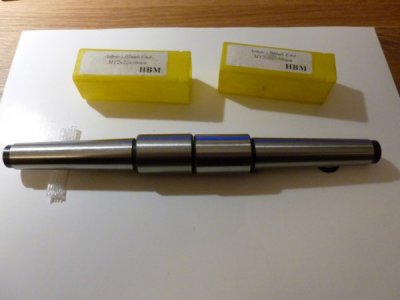Hello earthbound. I see no one has replied to you yet so let me get the ball rolling. If you would advise the make and model of your lathe it would help.
1) Re the ways, if we assume your lathe is an Atlas or equivalent flat bed lathe then the Atlas MOLO advises:
‘Lathe beds are made from selected close-grained semi-steel iron castings. The entire bed, comprising the cross ribs, ways and base is made in one piece’.
http://vintagemachinery.org/pubs/detail.aspx?id=13891
3) Re flycutting the ways. Wow that seems a bit drastic. The Atlas MOLO advises that the bed is first rough milled, then seasoned, then finished milled and then the ways are finish ground. I suggest there is a very real possibility you would scrap your lathe if you sent the bed away for milling/flycutting.
Have you thought about setting up your lathe from scratch to eliminate tapered turning? So, level the lathe bench or stand and shim the bed feet so that the lathe bed is not twisted when it is bolted down.
http://vintagemachinery.org/pubs/detail.aspx?id=7401
Is the tailstock sloppy running between the ways. If it is not a snug fit between the ways then the position of any centre mounted in the tailstock ram will not be repeatable. You may be able to shim out any free movement between the tailstock and the ways.
If you are getting a bad taper when turning close to the headstock it could be that your tailstock is misaligned. For taper-free turning using the tailstock centre the tailstock centre must accurately match the centre-line of the lathe spindle. Some people recommend cutting a test bar but I have found that using two arbours (one in the tailstock and one in the lathe headstock spindle) in conjunction with a dial gauge is fine. And the 2 plain ends form an infinitely adjustable test bar.
Hope this helps, atb, Ian


